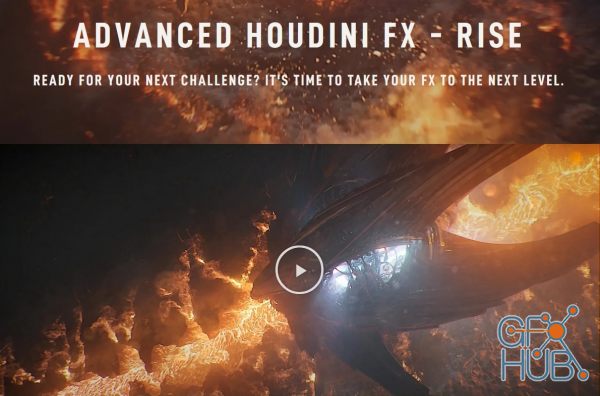
Thrusters Tech Development: Step by step development of the thruster setup, Explore areas for additional work for making it your own, Work on the secondary effects.ĥ.

Environment and Atmospherics: Create the shot that students will work on for the remainder of the workshop, Learn the workflow with atmospheric elements, Learn techniques to optimize layout in Houdini to iterate faster.Ĥ. Electricity Tech Development: Step by step development of an electricity setup, Work on secondary effects based on the electricity/lightning, Shading.ģ. Procedural Motion Concepts: Learn basic and advanced concepts that can be used to achieve different magical looks, Create a system to animate thousands of unique electrical strands procedurally.Ģ.
NEW: Building destruction setup and tweakingĬreate various debris systems using particles and bullets.Ĭreate smoke trail simulation using pops and smoke solverĬreate a smoke sim to use as an air field for particle advection.1. NEW: Creating the building destruction setup. NEW: When to use sop level solvers vs dop level solvers. NEW: Houdini 16/17 and 18 and how to transition. Setup a workflow for using lowres/higer geometry for simulation vs rendering.  Edge displacement and high-res interior. *NEW: Buildings, streets and environment rendering *Rendering the environment and setting up all the passes need to render our particles FX *Shading all the particles FX previously created
Edge displacement and high-res interior. *NEW: Buildings, streets and environment rendering *Rendering the environment and setting up all the passes need to render our particles FX *Shading all the particles FX previously created  NEW: Using smoke simulation to enhance particle simulation. NEW: Adding more FX layers to the shockwave. Create various smoke elements to enhance all the particles FX created week 2. Intro to Houdini volumes and vdb manipulation. NEW: Shockwave design, approach and execution. NEW: Guiding particles and creating intelligent paths and Colliders. NEW: FX Energy design and prototyping the look. Create a simple procedural system that uses path finding to create various particles streams. You should have an introductory knowledge of VEX and PointVOPs You should know the difference between Maya, 3DS Max, and Houdini. Users should have an introductory knowledge of proceduralism and Houdini’s interface. If you are unsure if you are qualified for this course, please reach out to us at.
NEW: Using smoke simulation to enhance particle simulation. NEW: Adding more FX layers to the shockwave. Create various smoke elements to enhance all the particles FX created week 2. Intro to Houdini volumes and vdb manipulation. NEW: Shockwave design, approach and execution. NEW: Guiding particles and creating intelligent paths and Colliders. NEW: FX Energy design and prototyping the look. Create a simple procedural system that uses path finding to create various particles streams. You should have an introductory knowledge of VEX and PointVOPs You should know the difference between Maya, 3DS Max, and Houdini. Users should have an introductory knowledge of proceduralism and Houdini’s interface. If you are unsure if you are qualified for this course, please reach out to us at. 
As a result, we recommend the following course as a prerequisite: Students should have a foundational understanding of Houdini before taking this course.








 0 kommentar(er)
0 kommentar(er)
